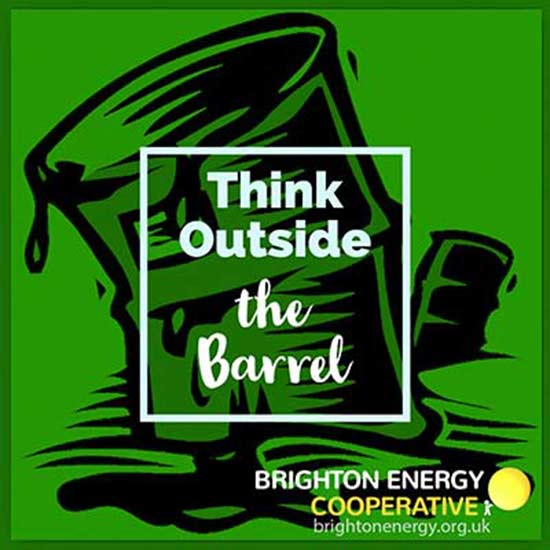What is community energy
Community Energy is about local people banding together to gain control of their energy supply. Community energy projects take many forms – in the UK alone Community Energy England is composed of several hundred community energy organisations.
Thousands of people have gained a financial stake in renewable energy through community energy investment, generating returns and funds to spend on local energy projects via the community energy business model.
The Rise of Community Energy Investment
Two technologies led to the development of community energy investment, which began in the UK around 2010. Both renewable energy and crowd funding allowed community energy investment to expand and led to an exciting new sector
The first was renewable energy. Prices tumbled, especially those of solar power. Installations rose. The inevitable truth of Moore’s law, seen in the technology sector, became true of renewables. A doubling of renewable capacity meant a price drop of 20%. At the same time renewable energy subsidies were introduced (first in Germany) and taken on throughout the world. Today more than 100 countries have feed in tariffs.
The second was crowd-funding, facilitated by the rise of the internet. Suddenly it became commonplace for individuals to invest small amounts in any project they liked. The structure of renewable energy – widely dispersed across many small, locally-situated sites – was well suited to crowd funding. Suddenly people were free to invest in capital projects near to them and the sector boomed.
Raising community energy investment
Through investment in Community energy groups like Brighton Energy Co-op, investors become members of an energy cooperative and get a return on that investment (5% is pretty common). To date Brighton Energy Co-op has more than 600 such investors. With 72% of investment coming from within Brighton, over the years we’ve raised over £3m using our community energy business model.
To give background on the prospective investments, community energy groups issue a share invitation, which sets out the projects that they’re raising money for, financial projections and what people can expect from becoming a member. This is generally backed up by a financial history of the organisation, as evidenced by accounts and other documents.

How we talk to community energy investors
Typically renewable energy projects involve a small number of wealthy backers. Structuring energy investment like this has a simple rationale: it’s easier to raise the money.
Crowd-funding turns this on its head. And yet to be successful crowd funds – and Community energy co-ops – need ways of talking to large numbers of people.
- BEC uses contemporary marketing channels to promote itself.
- BEC has thousands of GDPR-verified people on our email list – an active supporter base that is passionately commited to the BEC vision.
- Search Engine Optimisation means that 40 or more people a day visit our website.
And our regular blog posts position us as a source of (hopefully) interesting news. By relating the giant story of the energy transition that is happening around us, we convert casual readers into passionate advocates.
The Community Energy business model
By appealing to the local community, organisations raise money via the Community energy busines model. Rooftop solar is by far the most popular funded by this mechanism to date, although community owned solar farms, wind turbines and hydro schemes are also popular. The model is based on the usual combination of income and expenditure, with the added innovation of crowd-funding investment to pay for the cost of the kit.
The community energy business model relies on a government renewable subsidy – the feed in tarif – that pays generators for each unit of clean energy that they generate.
Over time feed in tariffs have fallen – from 42p on a domestic install in 2011, to 3p today. This is how it was intended: FITs are a regressive subsidy to stimulate the market so prices get cheaper.
The Community energy business model is changing
The UK Feed in Tariff scheme closed in April 2019. And since costs have now fallen to the point where solar is competitive with other technologies, the Feed in Tariff has come full circle – acheiving the goal of making itself obselete.
This also means changes to the community energy business model. Instead of relying on subsidies, community energy investment must rely on selling electricity directly to the market.

